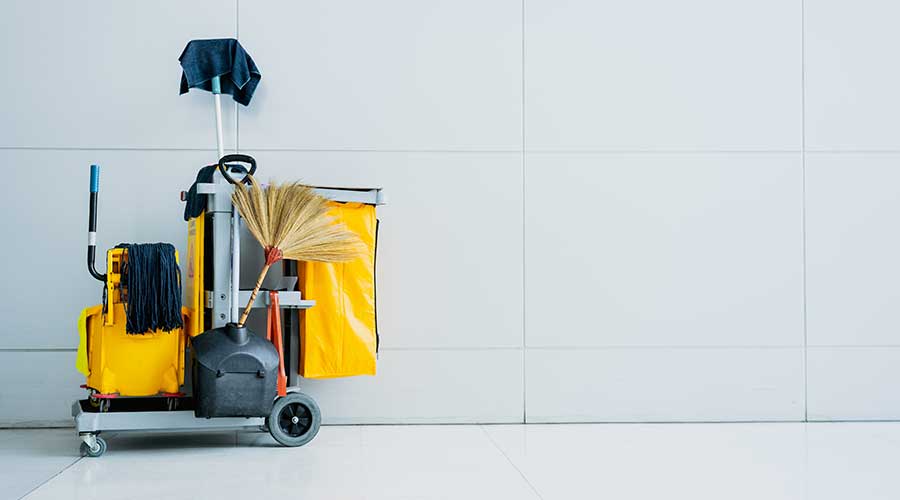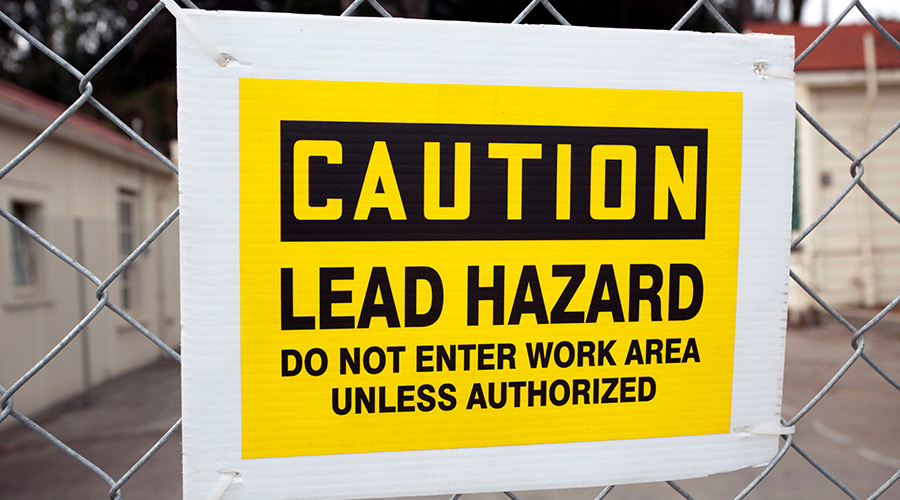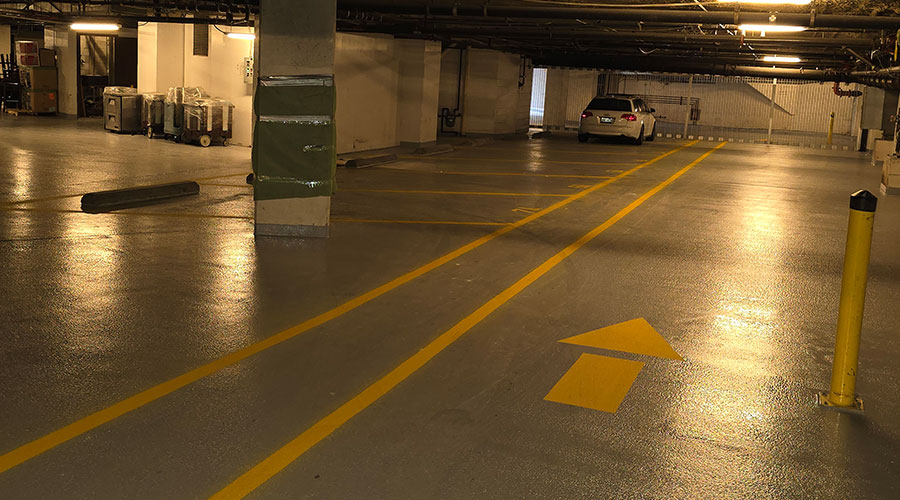Maximizing CMMS Benefits to Benefit Department Performance
Managers discuss their CMMS successes and challenges, as well as next generation features and functions critical to department success
By Dan Hounsell, Senior Editor
The potential benefits offered by computerized maintenance management systems (CMMS) have never been more critical. As maintenance and engineering managers continue to face challenges related to staffing, supply chains, budgets and workloads, an effective CMMS gives managers the ability to track and improve worker productivity, streamline inventory management and report on department progress and successes to upper management.
Unfortunately, departments often are not able to fully tap into these benefits for a variety of reasons. In this roundtable article, managers discuss their CMMS successes and challenges, and they discuss the CMMS features and functions that are critical to their departments’ future success.
Roundtable participants:
- Michael Terrell, P.E., Operations Director, Facilities Management, Liberty University
- Louie Hengesbach, Data Analytics Lead, Infrastructure Planning and Facilities, Michigan State University
- Diane Mills, Strategic Initiatives Project Administrator, Infrastructure Planning and Facilities, Michigan State University
- Patrick Crowley, P.E., Facility Manager, Public Works Building Services, City of Modesto, California
FacilitiesNet: Please describe your organization’s facilities.
Hengesbach: We have 565 buildings with a total of 24.7 million square feet. The total landscaped acres maintained is 1,830.
Terrell: Liberty has 174 buildings with 8.2 million square feet and about 6,000 acres of property. The university has doubled in size in the past 12 years.
Crowley: We have a total of 74 facilities that we are maintaining, the largest being the convention center, and that's approximately 50,000 square feet. Then we have our police administration, which is about 10,000 square feet. We have primary and secondary wastewater treatment plants, and we have 17 fire stations, and a half dozen community centers.
FacilitiesNet: Please describe your department’s current CMMS.
Liberty: The current CMMS is a legacy system, and (an inventory module)] was added as a separate module in about 2018. The system has been used since 2005. Reportedly, the 2005 implementation included data from an official facilities condition assessment, including mostly HVAC assets and fleet management assets of vehicles and some equipment. In 2016, we spent significant time cleaning up data, including: archival of all data from 2005 to June 2016; restructuring of all locations to be based on property geography; and reconfiguration of group/classification/type coding schema.
The system has approximately 100 maintenance technicians, two in-house supervisors, and two software administrators. Due to the limited functionality within each of these roles, we have many users that begrudgingly must assume a role for some of its functionality, but we have too many permissions in that role. This makes oversight much more difficult and time-consuming and demands more training than a more flexible user-role structure would require.
Crowley: We have had it in building maintenance since 2005. At least since 2019, when I joined, it has been a cloud-based solution. In the summer of 2020, we added the mobile solution so the field staff have access to the work order systems on their smartphones.
Hengesbach: We’ve used this CMMS 20-plus years for property, work orders, and asset and stock management, as well as the facilities billing system. The software has 1,000-plus users, who are a mixture of technicians in the field with mobile devices, supervisors, administrators and managers.
FacilitiesNet: How has the current software benefited the department?
Terrell: It provides two-way communication directly with requesters, though it’s clunky. Work orders are automatically routed to trades supervisors. It allows us to track labor hours per individual, department or building. Parts and purchases can be added directly to work orders by the technician or inventory staff, allowing for more accurate ownership costs of each building or system.
Hengesbach: The current system is very data rich. However, the data is not always utilized as much as it could be. The system itself is critical for tracking properties, assets and work management, but MSU is still learning which data they view as critical or essential for measuring. One of the major recent benefits was implementing mobile devices for all staff. This is especially helpful to the technicians in the field. Mobile devices allow them to receive work orders on time. They can view campus maps, view asset locations, add comments, change statuses and add appropriate asset data right in the field.
Mills: We leverage systems and applications to deliver information to staff at their fingertips. We recently deployed an application that provides turn-by-turn navigation, including indoors, that is linked to a location accessed directly from their work order. This ties directly to the data stored in our facilities management and our geo-spatial data systems. This is a game changer. We anticipate this decreasing response time to be at least five minutes per call to start. The savings also allow us to be better stewards of university resources and enhance the customer experience.
Crowley: The CMMS allows us to better document control and be transparent with our maintenance activities. It's transparent, so the customers have access to the reports when we're finished so they can see parts that we bought and labor hours associated with this timeframe. We also can have a benchmark for ourselves, and that provides better accountability for our efficiency and effectiveness, as well as building a history of the assets.
FacilitiesNet: What challenges does the existing CMMS present?
Terrell: A lack of integration with space, and difficulty entering data. The database data is not clean because too many have access. There is no mobile app. A mobile app exists but is not well-integrated and limits full functionality. It is essentially a container for the mobile website. Reporting and analytics are complicated by inconsistent data entry and complexity in finding and formatting results. We often need to run several reports to pick and combine data onto exterior spreadsheet. User roles do not have adequate capability for customization. Notifications are limited.
Crowley: One of the challenges we're having occurred when we rolled out mobile solutions. Although the code is written for a mobile device, the layout of it is slightly different than when you're sitting on a computer. The work is easy for me to see on a computer and that version of the software. For example, one of the fields is a one-tap click for me when I assign work orders. But on the mobile solution, the special instructions for the staff are about seven layers. All the information is there, but it’s not very convenient for the staff.
Are you considering new or upgraded maintenance management software?
Terrell: Yes, we are moving towards an integrated workplace management system approach. We are in the final evaluation/selection stage with plans to issue a contract in July 2022.
Hengesbach: We are in the process of implementing a new system. Migrating from a system that is 20-plus years old to a new system has come with challenges. One of the major challenges is a result of departments slowly growing into the current system over time, which created many different business and system processes. The new implementation was tasked with evaluating and standardizing the historical processes. The end solution will be transparent and consistent. However, the path to get there has been challenging.
Mills: We were charged with standardizing processes, eliminating dual entries and increasing transparency. There are five major university units that are a part of this initial implementation. Getting them to agree to a university process has been a challenge and taken time. However, it is time well spent, as it will reduce the need to do rework currently caused by the multitude of variations of processes.
Crowley: My forecast is that within the next five years, the organization will be strongly recommending, if not mandating, that we are the last few holdouts to transition away from (the current CMMS), and there are a lot of advantages to that. Instead of me trying to piecemeal that asset level build up in the program, we can get professional services and get started on a better footing. Obviously, it's easier on the IT folks to have one software package versus multiple software packages to maintain.
What factors are important in selecting new or upgraded software?
Terrell: Integration between assets, space, geographic information systems, and maintenance. Integration with other departments, especially including integration with inventory. Scalability. Ease of use for technicians. Flexibility, including dashboards and reports. Mobile application.
Hengesbach: To select the new CMMS, MSU invited many stakeholders from across the organization to review system demonstrations. These interactive sessions provided users the ability to see how each system functioned, allowed users to see how efficient each system operated, and users were able to see a real-life scenario to understand how the system was connected between modules such as properties, to assets, to orders, to customer requests.
Mills: The new system is much more user-friendly. The ability to access information and drill into the details will increase our efficiencies when we get used to it. Also, the system is very robust. We will use a small portion of available functionality when we go live. Over time, we will grow into the application and realize greater results.
Related Topics:












